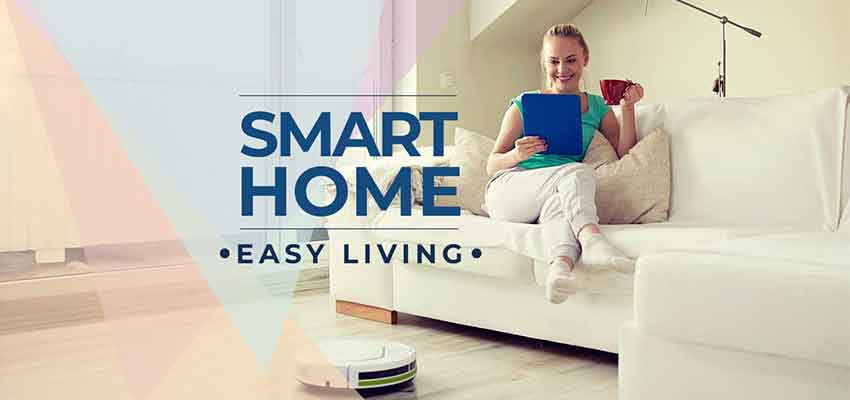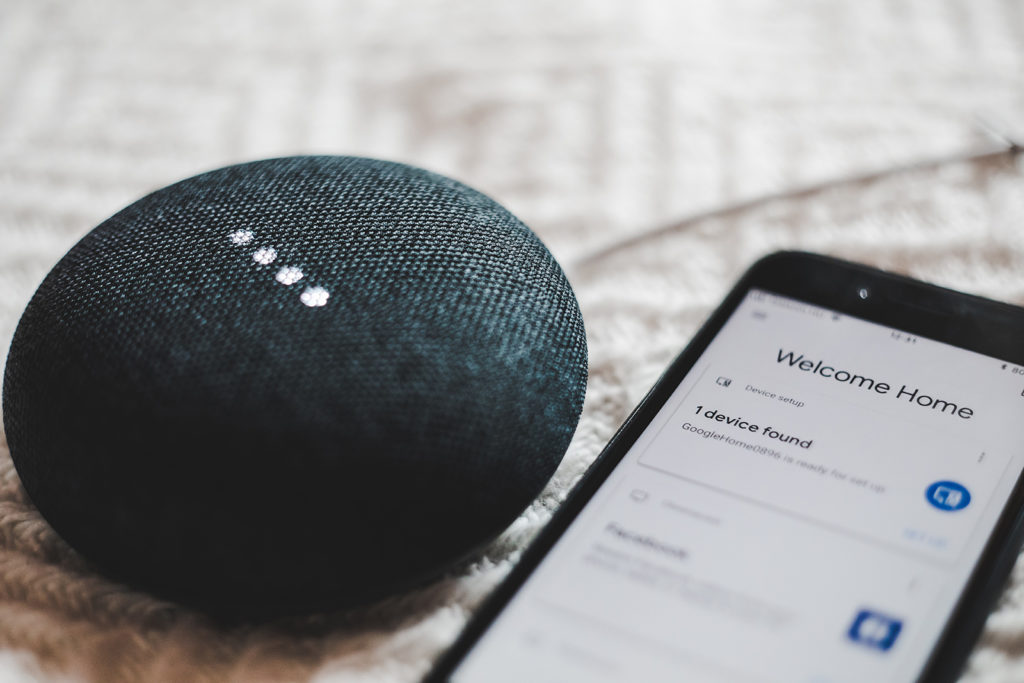Show:
How To Set Up a Smart Home (Software): The Ultimate Guide
Software for Smart Homes has become increasingly popular over the last ten years due to the increased accessibility and convenience they provide to customers. Although, many people have struggled to set up their Smart Home successfully because they can be quite complicated when they involve so many different devices and systems.

I’ve decided to put together this guide to hopefully help you all solve your issues or simply set up your Smart Home setup from scratch. I’ve been a big tech geek since I was about ten years old, and I grew up experimenting with all the early versions of the technology.
Using my experience with so many different technologies, I can provide a simple guide for someone who may not have that same tech experience.
How To Setup A Smart Home
In this guide, I’ll cover all the necessary software for Smart Homes. As a quick preview, this is a checklist of the necessary steps and devices to operate your Smart Home:
- Smart Home Ecosystem: Google Nest, Amazon Alexa, Apple HomeKit, Etc.
- Smart Home Control Devices: Smart Speakers, Multiple Displays, Smartphones, Etc.
- Strong Wi-Fi Connection
Smart Home Ecosystems (Primary Devices)
As noted above, there are three primary products used as Smart Home ecosystems: Google Nest, Amazon Alexa, and Apple HomeKit.
Of course, other manufacturers have alternative products, but these three are the most highly rated and popular choices. So I’ll review the three main options to help you decide which will work best for you!
If you already have your ecosystem bought or chosen, feel free to scroll on to the next section.

Google Nest
Google Nest is the most polished product on the market. It features Google Assistant, the best voice recognition and response software currently on the market. The Google Assistant picks up commands better than the other two primary devices, offers more precise answers, and has more normal conversations.
Note: The Google Nest works best with Android smartphones.
Amazon Alexa
Amazon Alexa is the most versatile and compatible option available. Amazon Alexa works with a large majority of smart devices, offering customers many more options for their Smart Homes.
Due to the wide range of options available to pair with Amazon Alexa, it is the most affordable option of the three primary devices. It comes at a much lower complete cost than the other two, combined with the most options for accessory devices.
Apple HomeKit
The Apple HomeKit is a unique product because it is 100% the best option for iPhone users, but I wouldn’t recommend it otherwise.
The Apple HomeKit is the most restrictive of the compatible devices you can use in your Smart Home. Unfortunately, it is also the least affordable. It does offer unique convenience to Apple Users, but it comes at a much higher price point and with fewer options for accessory devices.
Smart Hubs and Control Displays
Smart Homes are always accessible through a smartphone, but without any other displays to control the smart home, it loses a lot of the possible convenience it can provide.
Most Smart Homes feature a few smart display control panels throughout the house to offer convenience of use. These controls can come in the form of smart Refrigerators, Smart Lights, Smart Speakers, Displays, and more.
I recommend smart speakers throughout your home, if possible, and a few different smart display placements as well. Smart displays are like tablets mounted onto your home wall and control all of the different gadgets connected to your Smart Home. You can control the lights, speakers, temperature, and other gadgets you’ve installed.
It’s important to consider where you will want to place controls in your home, as not having control of your gadgets within certain areas can be frustrating. After all, the purpose of a smart home is the convenience of having control over all the different gadgets no matter where in the house you’re at.
Make Sure Your Devices Are Compatible With Your Smart Home
Whether you choose the Nest, Alexa, or a HomeKit, you must ensure your devices work with your Smart Home. Every gadget that connects to Smart Homes, whether it’s lighting, a smartphone, a smart display, speakers, or anything else, will specify what Smart Homes it is compatible with.
Devices simply will not work with non-compatible Smart Homes, an example being that you can’t connect an Android phone to an Apple HomeKit.

Some Notes For Setting Up Your Smart Home
When first setting up any software for Smart Homes, there will most likely be a few steps before you can start connecting gadgets.
On the first power-up of your Smart home, you will be required to connect it to your home Wi-Fi, a Smartphone, and your home’s electricity, which is most likely done through a setup link, Wi-Fi connections, or a QR code.
Once you have your initial Smart Home setup, it’s time to start connecting devices and gadgets. An important note on naming things within your Smart Ecosystem is to name things logically and easily recognizable.
For example, if you have smart speakers in the living room, it would be smart to simply name them “living room speakers.” A second note, don’t name things as duplicates! Instead, make sure everything is a unique name within the Smart Home.
Finishing Touches
Setting up a Smart Home can be a seemingly daunting task for someone who isn’t a tech nerd, but it isn’t as hard as you might think!
The biggest keys to successfully setting up your Smart Home are ensuring that all your devices are compatible with your Smart Home and making sure there are no small errors preventing connections.
Final Thoughts
For more specific issues with a certain Smart Home or Device, I recommend searching the exact devices you’re having issues with. There is a ton of available information on the internet regardless of what devices you choose, make sure to use it!
Hopefully, my guide helped you get your Smart Home setup. Feel free to reach out with questions!

 Return to Previous Page
Return to Previous Page








